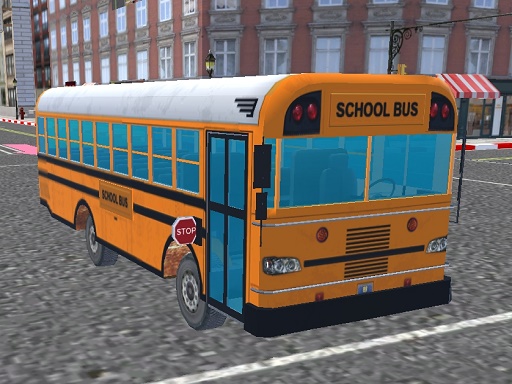City buses are often the most recognizable type, characterized by their bright colors and distinctive markings. They operate on fixed routes, stopping at designated bus stops to pick up and drop off passengers. These buses are a lifeline for commuters who rely on public transportation to get to work, school, or social engagements. With features such as low floors for easy boarding, wheelchair accessibility, and real-time tracking systems, modern city buses prioritize convenience and accessibility for all passengers.
Long-distance buses, on the other hand, serve a different purpose. They connect cities and regions, offering an affordable alternative to train or air travel. Many long-distance bus services provide amenities such as comfortable reclining seats, onboard restrooms, and sometimes even complimentary Wi-Fi and refreshments. Traveling by bus can be an enjoyable experience, as passengers can observe the changing landscapes and enjoy the journey at a relaxed pace.
Buses also play a crucial role in reducing traffic congestion and decreasing carbon emissions. By accommodating more passengers than private vehicles, they help alleviate the number of cars on the road, leading to less urban congestion and a smaller environmental footprint. Many modern bus companies utilize eco-friendly buses powered by alternative fuels or electricity, reflecting a growing commitment to sustainable transportation solutions.
In addition to their environmental benefits, buses also cater to a diverse demographic. They provide essential services to individuals who may not have access to cars, including students, the elderly, and low-income individuals. Bus networks often expand to include services specifically designed for these groups, such as school buses for children and shuttles for senior citizens, ensuring that essential services remain within reach.
Bus services also adapt to technological advancements. Mobile applications allow passengers to plan their journeys, check schedules, and receive real-time updates on bus arrivals. Contactless payment options have made boarding more efficient, while digital displays onboard buses keep passengers informed about upcoming stops and transfer points.
In many cities, buses contribute to the overall culture and social fabric of the community. Art programs allow local artists to showcase their work by decorating bus exteriors, turning them into mobile galleries. Bus stops themselves become gathering spaces, often enhanced with seating and amenities that encourage community interaction.
The evolution of buses reflects broader trends in urban planning and transportation. As cities continue to grow, the demand for reliable, efficient, and environmentally friendly public transportation options will only increase. In this context, buses represent not just a means of getting from point A to B, but a fundamental aspect of modern life—a flexible, inclusive, and sustainable choice for urban mobility that connects people and places, enriching the lives of countless passengers every day.. Tagged Bus Games
